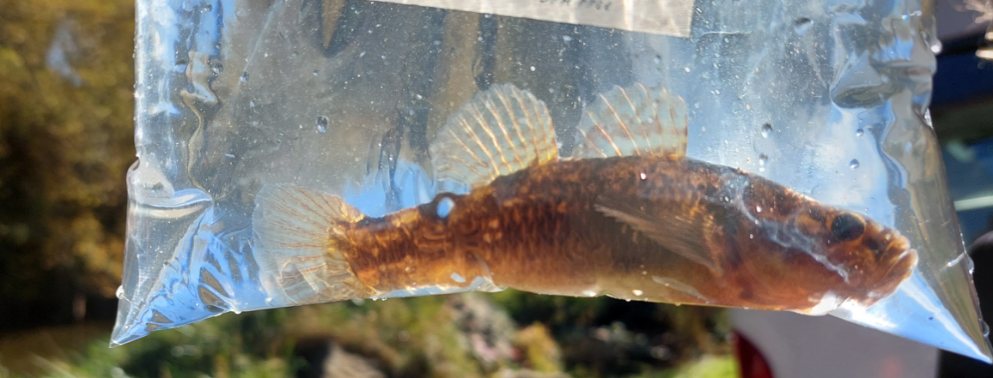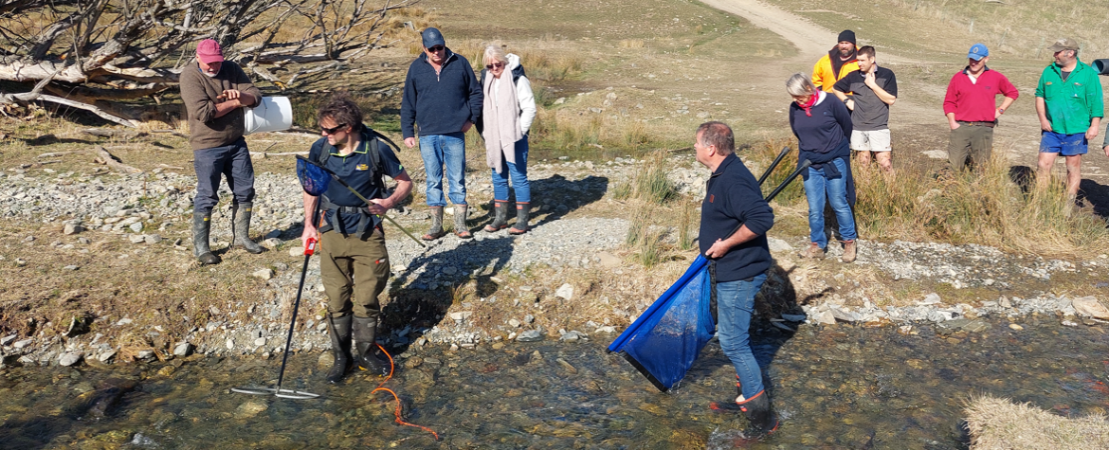Culverts, weirs, flap gates, fords and dams installed after 3 September 2020 must now meet minimum reporting requirements such as height, width and location under the Essential Freshwater regulations and the National Environmental Standards for Freshwater.
“These requirements apply to all rivers - a broad term describing any natural water course, with water from natural sources, such as springs, peat bog, lakes or ground water which may or may not have water running through it all year,” says Otago Regional Council Principal Compliance Specialist Rachel Brennan.
There is a North Otago galaxiid which burrows into the streambed when the rivers run dry, for example.
New Zealand has more than 50 species of native freshwater and sports fish.
“It’s important that the instream structures such as culverts and weirs are designed to allow for fish passage, so they can move upstream and downstream between different river and stream habitats and complete their lifecycles,” she says.
Implementing fish passages correctly assists galaxiids in not only re-establishing their presence, but to expand their habitat, as part of the new rules allow for barriers which will prevent passage of undesirable fish.
“That’s why ORC needs to be advised of work, including installing and maintaining instream structures which may affect fish passage, as we work with the communities to promote desirable fish and limit the undesirable fish,” she says.

For the whole of life cycle
Fish passage is not just for spawning, but for the whole of life cycle for desired fish; such as elvers which migrate upstream to grow and also for eels, which need to be able migrate downstream to the Pacific Ocean where they later breed and die.
Burns, brooks, streams and creeks
These rivers are known by many names, including burns, brooks, streams and creeks, she says.
However, the affected waterways could also be in small unnamed creeks, which are across Otago meandering off farmlands into larger rivers, and are often in larger waterbodies as well.
“A lot of them relate to manmade crossings of farm tracks, district council roads and state highways,” she says.
Ms Brennan says culverts, weirs and flap gates must meet minimum environmental conditions for fish passage and may need a resource consent.
While the new regulations do not apply to structures installed before 3 September 2020, those older structure, including weirs and dams, must still provide fish passage, with options for remediating or retrofitting those structures to help fish passage.

Flap gates are most often used to manage water in low lying areas. The ORC owns and maintains a number of culverts with flap gates that are associated with flood protection works and land drainage.
Ms Brennan says while the fish passage rules are specific to ‘rivers’, the National Environmental Standards also take into account structures and works being undertaken within and near natural wetlands particularly for the purpose of conservation or restoration.
That work may be undertaken provided the required information is supplied to the ORC before and after the work being done, she says.
For more information:
Fish passage and instream structures
